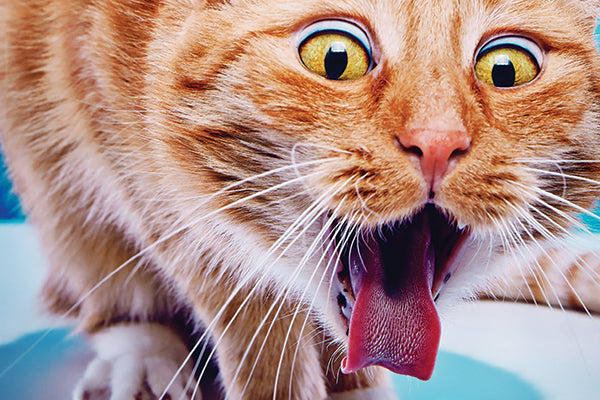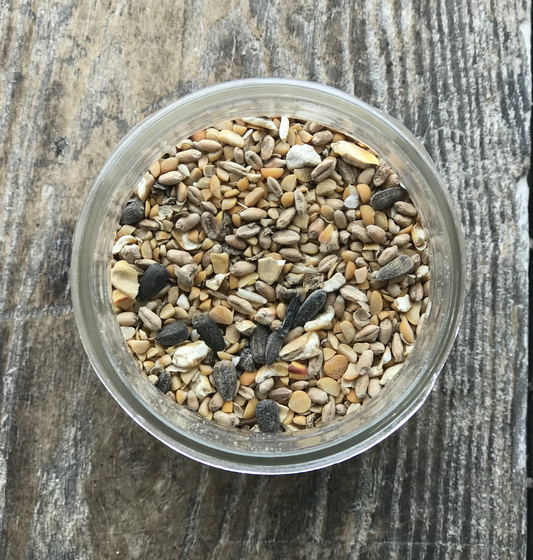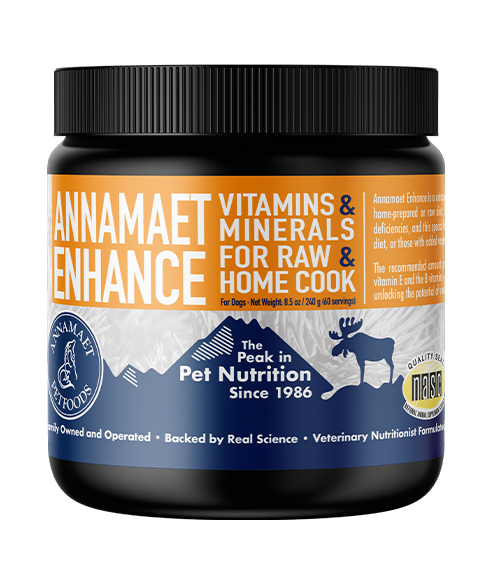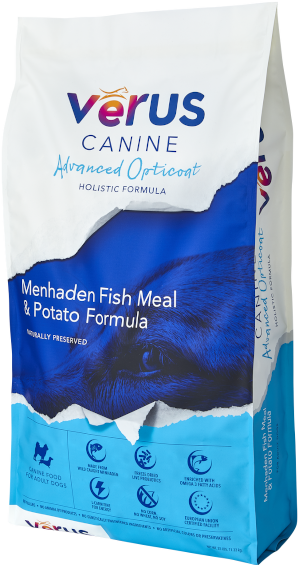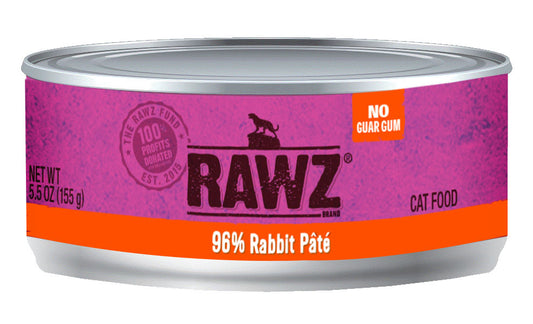Hack! Spit! Heave! Hairballs! Yuck! As a cat owner that sound is forever engraved into my memory, along with the unfortunate feeling of stepping into a hairball that was left on the carpet just for me to find. Anyone else have generous cats like mine? Luckily, hairballs are not a common problem for my furry feline friends anymore. Occasionally someone will hack up a hairball because let’s face it, they’re swallowing hair, it’s bound to get stuck in there sometimes. Why does it happen though and what can be done to stop it? Continue reading for the magic to happen!
Cats are notorious for their yoga poses while grooming themselves, usually when guests are over and you’re eating dinner. As they’re embarrassing you, they are ingesting any loose hair they have on their bodies. The ingested hair usually moves through their systems just fine, however, sometimes it gets stuck in there and starts clumping together. If it gets too big to pass through the intestines, it must exit the body somehow. Now your precious fluffy is leaving a sticky present for your guests during dessert. The reason the back-up happens is that your cat’s intestinal tract is extremely short, roughly two inches. If there is a bunch of food waiting to move through, the hair has nowhere to go.
What can be done to prevent hairballs? Many foods have hairball formulas, there are hairball treats, gels, and pastes, however, none of that is needed. Am I crazy? Maybe, but no. Let’s talk about a cat’s diet. Cats are obligate carnivores. Their bodies are designed to eat meat. Any other food ingested is hard for them to digest, especially with their small intestinal tract. Many commercial foods are full of grains and other fillers which are not digestible for them, especially in a kibble form. If you like the convenience of kibble make sure it is a grain-free high meat kibble and add water, bone broth, or goat’s milk to add moisture and keep things moving through the intestinal tract. A wet diet is a better option than kibble and a raw diet is best. Without the grains and fillers in the food, it can move through the intestines more freely, which prevents the hair from getting backed up.
Longhaired cats are at a greater risk of having issues with hairballs since they have so much hair. Of course, the occasional hairball is bound to happen, however, with the proper diet they should not be a constant problem for your cat or you. If you’re worried that a diet change won’t be enough to prevent hairballs, the trick is adding moisture and fiber to the diet. The treats, gels, pastes, and special foods usually add moisture, fiber, and use oils to help lubricate the intestinal tract and can be very helpful but should not be the only treatment used.
Well, it’s time to wrap this up. I feel a little tickle in my throat from all this hairball talk. Hairballs don’t have to be a daily occurrence causing unnecessary discomfort to your cat or you. A simple change in their diet can help keep your furry feline happy and healthy, and your carpet hairball free for years to come. We’re at the end. Hack! Well, now I feel better after coughing that up.





